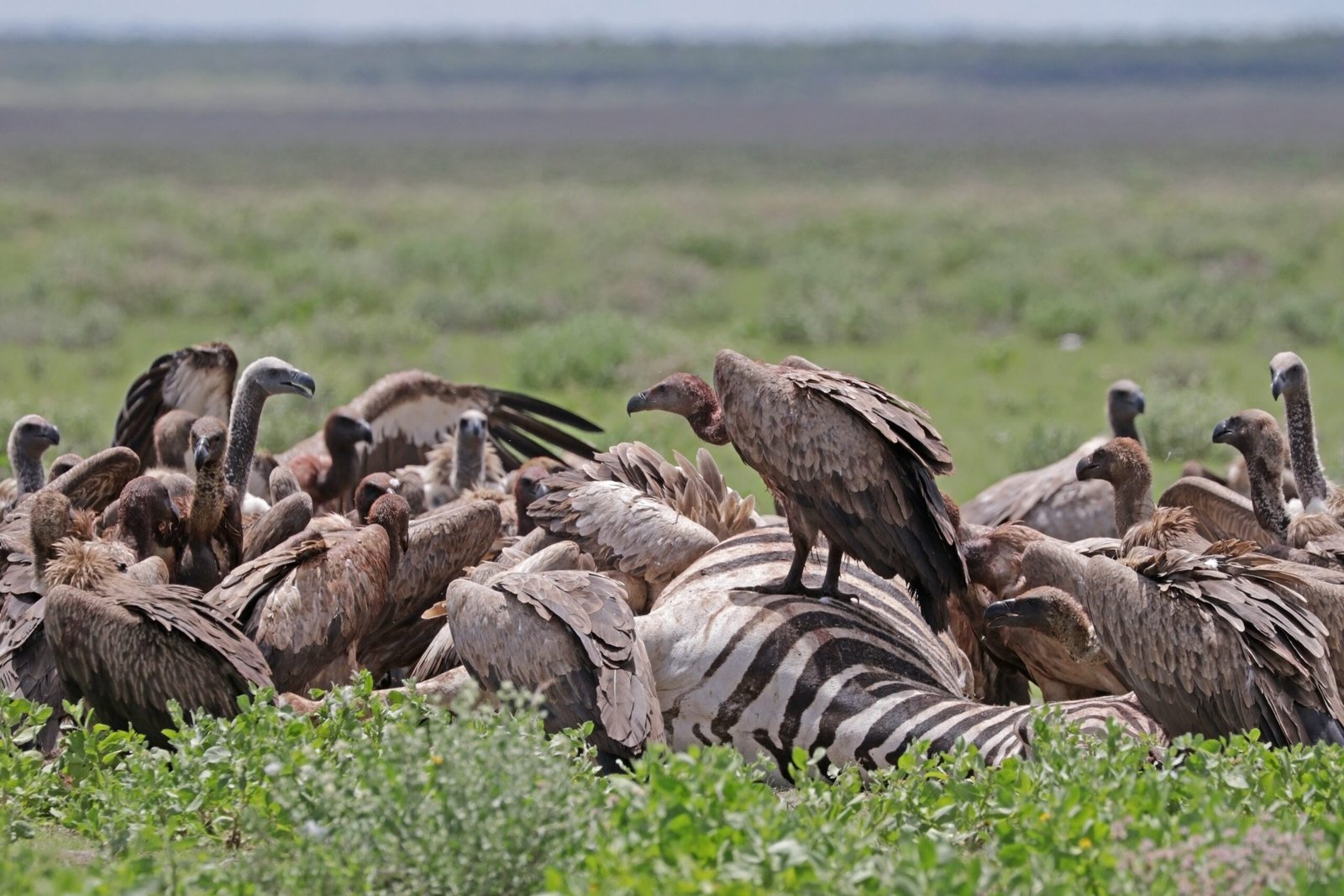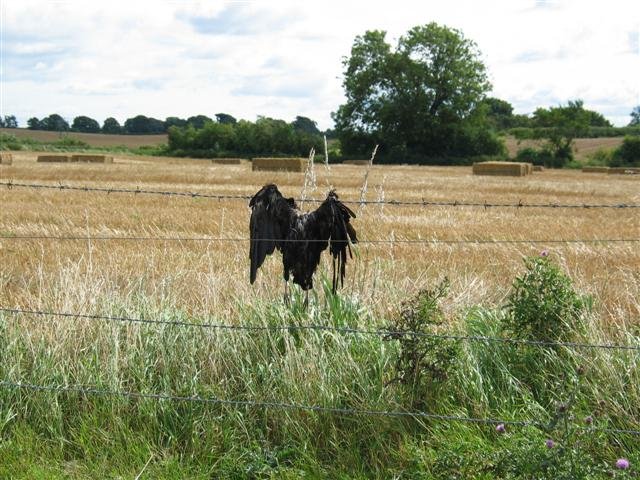It’s a battle you wouldn’t expect in the heart of Texas. Imagine waking up each morning to the ominous sight of hundreds—sometimes thousands—of black vultures circling overhead, their shadows sweeping across your backyard, their talons gripping rooftops and water towers. In one small Texas town, this haunting vision became a daily reality. What started as a nuisance soon spiraled into an all-out war: townsfolk versus buzzards, humans pitted against nature’s ancient cleanup crew. But in this strange showdown, the unexpected happened—the birds won. This bizarre story isn’t just about a local pest problem; it’s a wild collision of human frustration, scientific surprise, and nature’s stubborn perseverance.
The Unlikely Invaders: Who Are the Buzzards?

To most residents, the term “buzzard” conjures images of ragged black wings and sharp beaks. But scientifically, these aren’t just any birds—they’re vultures, specifically black vultures and turkey vultures. These birds are scavengers, nature’s recyclers, feasting on carrion and cleaning up the landscape. In Texas, both species are common, but black vultures are infamous for their aggressive behavior and boldness around human settlements. Their wingspans can stretch up to six feet, and their striking bald heads are perfectly evolved for their messy diets. What’s astonishing is that these birds, often seen as harbingers of death, are actually crucial for preventing the spread of disease by swiftly disposing of animal carcasses.
A Town Under Siege: When the Birds Descended
The trouble began subtly. A few buzzards appeared on the outskirts of town, perching on barns and old trees. But soon, their numbers exploded—roofs became black with birds, lawns littered with feathers, and cars splattered with droppings. Residents awoke to the sound of heavy wings beating against their windows. The town’s water tower, a local landmark, became a favorite roost, its paint chipped and pipes damaged by the birds’ relentless claws and beaks. For many, it felt like a scene from a Hitchcock film brought to life, as the sky darkened with circling vultures day after day.
Damage and Despair: The Toll on the Community
It wasn’t just the eerie presence of buzzards that rattled the town. The birds caused real damage—roofs were shredded, rubber linings on vehicles were ripped apart by curious beaks, and livestock sometimes suffered injuries as the boldest vultures pecked at newborn calves. Farmers watched helplessly as the birds picked apart fences and insulation. The smell of droppings lingered, and the sense of invasion deepened. Emotional distress bubbled up in public meetings, with townsfolk voicing frustration and even fear. For families who had lived in peace for generations, the buzzard invasion felt like an attack on their way of life.
Understanding Buzzard Behavior: Science Behind the Swarm
Why did the buzzards choose this particular town? Scientists suggest several factors: abundant food sources, safe nesting spots, and a lack of predators. Buzzards are highly intelligent and adaptable, quickly learning to exploit new environments. Sometimes, a single well-supplied landfill or an increase in roadkill can attract hundreds of vultures. Their keen eyesight allows them to spot potential meals from miles away, and their strong social bonds mean that where one bird goes, others soon follow. It’s a perfect storm of ecological opportunity and avian intelligence.
Legal Barriers: Why Fighting Back Isn’t Easy

You might think the townsfolk could simply shoo the birds away, but it’s not so simple. Most vultures are protected under the federal Migratory Bird Treaty Act. Harming, capturing, or killing them without a special permit is illegal, punishable by hefty fines. Even non-lethal deterrents require approval in many cases. These laws exist because vultures are vital to ecosystems, and their populations once faced serious decline. As a result, the town found itself tangled in red tape, unable to take drastic action without risking legal trouble.
The Arsenal: Creative (and Sometimes Bizarre) Solutions

Desperation breeds creativity, and soon the town’s battle plan grew eclectic. Residents experimented with scarecrows, plastic owls, and even recordings of predator calls. Some hung shiny objects from trees to frighten the birds, while others tried spraying roofs with non-toxic deterrents. A few resorted to fireworks and noisemakers, hoping to drive the buzzards away with chaos and confusion. But buzzards are nothing if not persistent—most deterrents worked for a day or two, only for the birds to return, seemingly unfazed and perhaps even amused.
When Science Fights Back: The Role of Wildlife Experts

Wildlife biologists and government agencies soon became involved, offering insight and advice. They stressed the importance of removing food sources, securing trash, and discouraging the feeding of wildlife. Experts explained that buzzards often remember safe, comfortable roosts and will return year after year unless their habits are broken. Sometimes, eggs or nests were relocated under special permits, but even these interventions met with limited success. The birds’ intelligence and adaptability made them a difficult foe—one that could outsmart even the most determined scientists.
The Emotional Fallout: Frustration and Fascination
As weeks turned into months, the town’s mood shifted from outrage to weary resignation. Children grew up seeing buzzards as part of the landscape, while elders swapped stories of failed deterrents and close encounters. Strangely, some residents began to admire the birds’ resilience and resourcefulness. “They’re a nuisance, sure,” said one local, “but you have to respect how clever they are.” The buzzards, once seen as villains, became a darkly comic symbol of nature’s persistence—proof that some battles are simply unwinnable.
Ecological Lessons: Nature’s Unstoppable Cleanup Crew
The saga forced the town to confront an uncomfortable truth: buzzards play an irreplaceable role in the environment. By consuming carrion, they limit disease and speed up nutrient cycling. Without them, dead animals would linger, attracting pests and spreading illness. In a way, the town’s defeat was a victory for nature’s balance. The episode became a vivid reminder that humans share the world with powerful natural forces—forces that can’t always be controlled, no matter how hard we try.
A New Normal: Living With the Buzzards
Over time, the town learned to coexist, making peace with their feathered neighbors. Residents installed buzzard-proof roofing and reinforced vulnerable structures. The local school even launched an annual “Buzzard Day” to educate kids about vultures and celebrate their strange guests. What began as a war ended in an uneasy truce—a testament to adaptation and acceptance. The buzzards still soar overhead, but now, they are part of the town’s story, their presence a daily reminder of nature’s stubborn will.
Reflections on Control, Coexistence, and Respect

This remarkable episode in Texas history is more than a quirky local tale—it’s a powerful metaphor for our relationship with the natural world. Despite all our ingenuity and effort, there are limits to human control. Sometimes, the best answer is not to fight, but to listen, learn, and adapt. The buzzards taught one Texas town a humbling lesson: coexistence, though difficult, is often the only way forward. Have you ever faced a force of nature you simply couldn’t outsmart?

